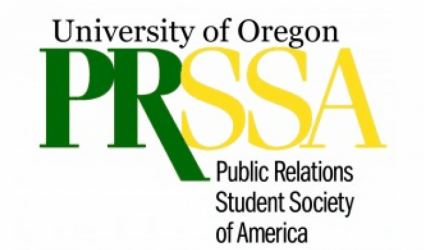By Erica Freeze
As the school year is coming to an end, it is important for college students to have updated résumés for future careers or internships. As a graduating senior, I constantly find myself updating and changing my résumé to best represent who I am. A résumé can include other elements besides words – different colors and fonts can all help to show who you are to a potential employer. Potential employers make snap judgments about who you are from a simple glance at your résumé. Because of this, it is important that your résumé makes a positive impression on readers. There are certain mistakes that people make time and time again on their résumés that will make an employer turn his or her nose up. Here are some common mistakes and how to avoid them:
1. There is not enough white space.
You want your resume to appear clean and professional. Overcrowding the page with too much text will most likely overwhelm an employer and cause him or her to not want to read through the whole page. Being precise and to the point on résumés is the best way to go. When an employer receives your résumé, you want them to be able to glace at it and get a general idea of your experience. Additionally, it doesn’t hurt to have a visually appealing layout with some color or a logo you have created to represent who you are. If you’re adept at graphic design, there are general résumé layouts in Microsoft Word and also simple design platforms online such as Canva which have premade templates.
2. You didn’t include results-oriented language.
As aspiring public relations professionals, we know that results are very important in understanding how to best target key publics. Employers want to see how you drove change at a previous job or internship. They want to know what you have to contribute to their company to drive change. Your résumé should be clear about results you’ve achieved. It can be as simple as “increased Facebook page views by 15%.” If offered an interview, you can elaborate on how you did so, but it is important that on paper you show them that you do include how you contributed to your past job or internship.
3. Your objective statement could use some work.
If you decide to include a statement at the top of your résumé, try to steer away from an objective statement. An example of an objective statement is, “Seeking a role as an account coordinator to advance my career in the public relations industry.” There are a few problems with this statement. It is very bland, and the focus is on what the candidate wants for herself, to advance her career, rather than providing information on how she can generate change for the potential employer. Instead of that, try using a statement that shows your value to a company. An example of this would be, “Transforming communication problems in the entertainment sector into intensive, results-backed solutions. Creating results through identifying stakeholders, building relationships and implementing change.”
4. You didn’t include skills.
You can list out your skills in a section or provide them interwoven throughout your résumé in your experiences. Employers need to see your skills and how you applied them in previous positions. These skills can help you stand out from other applicants. In a CareerBuilder survey, 35% of employers stated résumés that don’t include a list of skills is one of the most common résumé mistakes that may lead them to automatically dismiss a candidate. If you decide to weave your skills into your resume, start with the skill and then include how you generated positive results because of this skill.
5. You aren’t confident in your past work experiences.
As a student in the SOJC, I know that classmates can get competitive with each other, and sometimes it feels as though you may not have enough experience or involvement to stand out. Don’t give up, and don’t represent a lack of confidence on your résumé. If you have no PR experience, highlight the skills you acquired in another job and how they can relate to the position you are applying for. For example, if you are a server, you can say something along the lines of “accurately recorded orders and partnered with team members to ensure satisfaction for our customers.” This shows that you have experience working on a team which most likely helped you enhance you r communication skills. Additionally, if you have no work experience, highlighting certain classes on your résumé is okay to do as well – that’s how I got my first internship! Be confident in what you have to offer an employer, even if it isn’t a bunch of work experience in the field you hope to end up in.
The job hunt can be a tricky one, but be confident in what you have to offer employers with an awesome, updated résumé! This is a first impression of who you are and what you have to offer. Use these tips to help you stand out among competitors!






